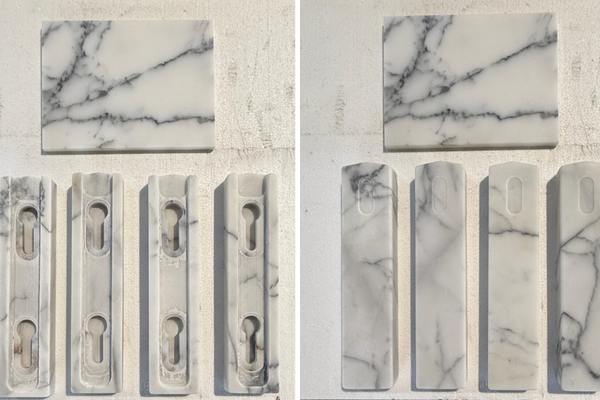
If you've spent years nurturing a peach tree only to never get any fruit, it might just be that you need to adjust the growing environment you're providing. There needs to be some specific conditions in place to get a peach tree to fruit; otherwise, a harvest is unlikely.
Not only do you need to know how to grow and care for peach trees to be successful, but you also need to be familiar with the signs your peach tree is struggling to focus on fruit production. Yellowing leaves alongside a lack of fruit could indicate a bigger issue, like a nutrient deficiency, for example. Or, it could be a small lighting adjustment needed to get a peach tree to fruit.
It's also important to know these trees grow best across US hardiness zone 5 to zone 9, so you may struggle to achieve fruit elsewhere. If, however, you are growing a peach tree in these zones and aren't getting a harvest, keep reading. Here, experts share a few tricks to try to get a peach tree to fruit.
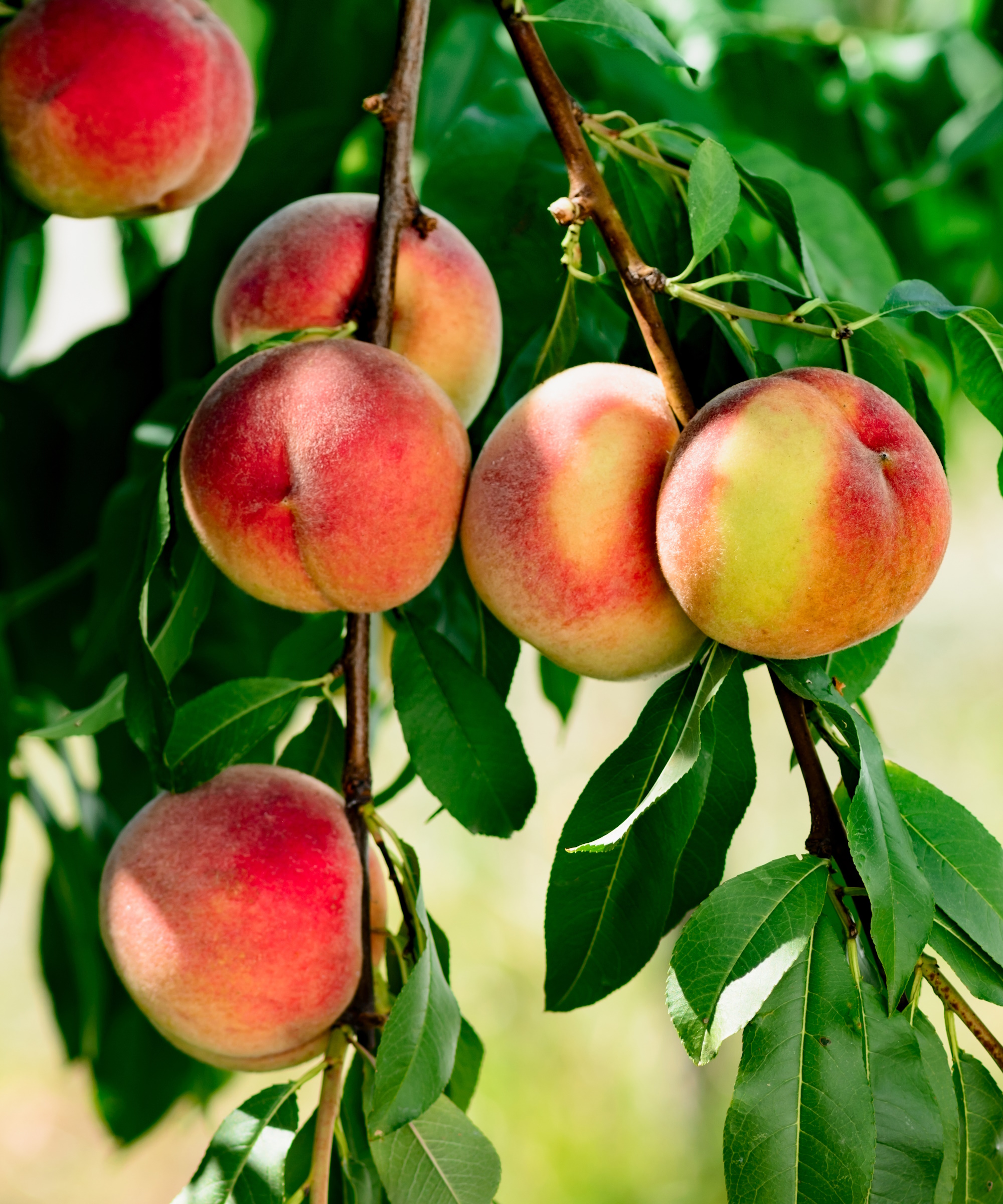
3 ways to get a peach tree to fruit
If you have just planted a young peach tree (from Nature Hills) this year and haven't got any fruit, don't panic. Peach trees will only start setting fruit between two to four years old. If you have an older peach tree with a lack of fruit, try making one of these three adjustments:
1. Your peach tree needs more cold exposure
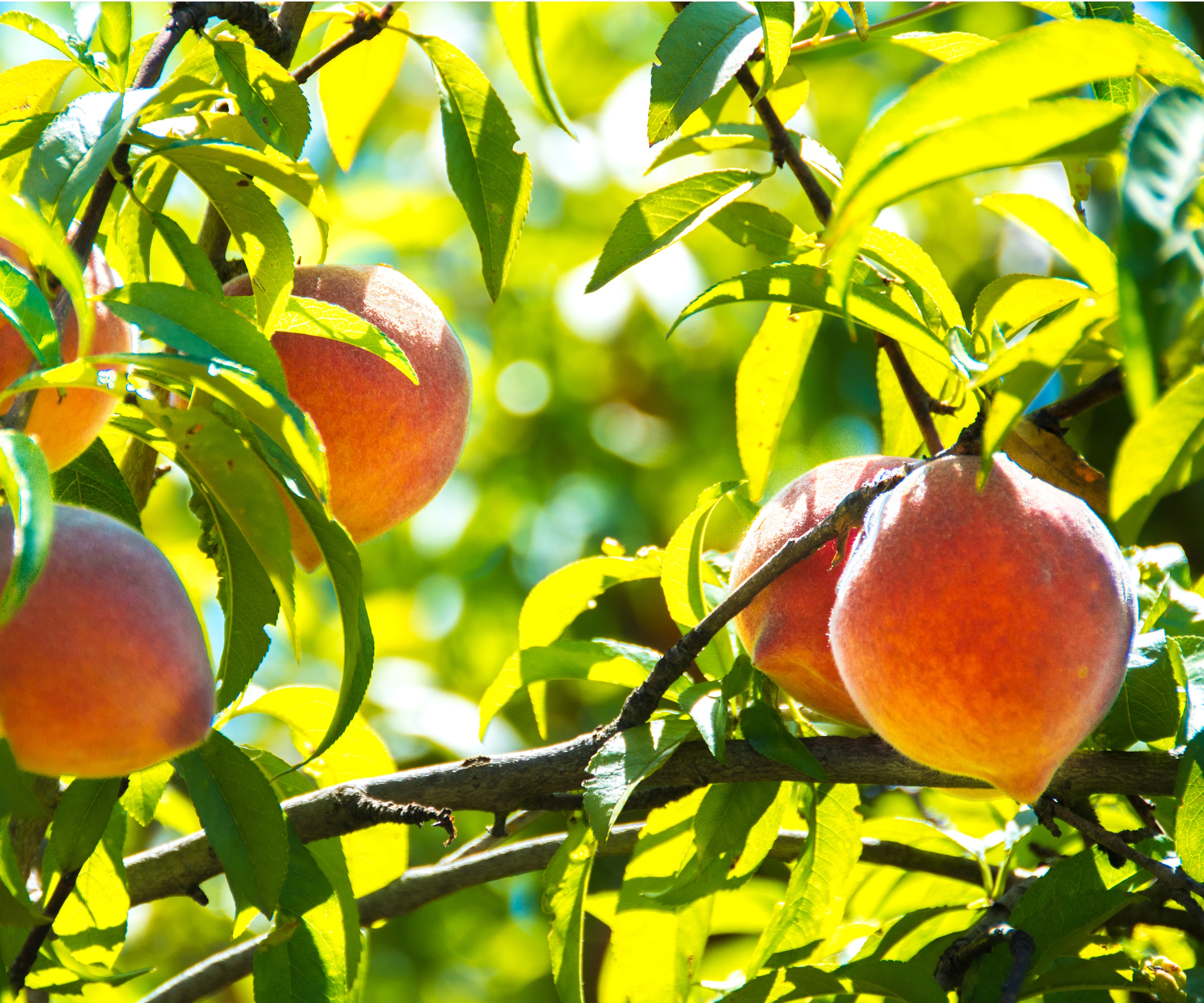
Just like getting a plum tree to fruit, peach trees need something called 'chill hours,' i.e., a period of exposure to colder temperatures ahead of the fruiting season.
'Peaches have evolved to know when spring arrives. They have hormones in their bodies in the fall when their leaves drop. Then, as they are exposed to cold weather over a certain amount of time, referred to as 'chill hours,' those hormones degrade,' explains garden expert Colleen Dieter from Red Wheelbarrow.
'When those hormones are completely degraded, the peach trees bloom,' she adds.
If your peach tree hasn't experienced a sufficient amount of chill hours, it's less likely to bloom in spring, therefore hindering fruit production later in the growing season.
'Certain varieties of peaches are adapted to certain areas with a certain number of chill hours. For example, here in Austin, TX, we are very far south and we have very mild winters. For Austin, we need peach varieties that require around 500 chill hours, like 'La Feliciana' or 'June Gold',' says Colleen.
'For areas further north, they may have longer, colder winters and the peaches need more chill hours, so people gardening in those regions need different varieties,' she adds.
So, it may just be that you are attempting to grow a peach tree variety that doesn't suit the temperature patterns of your local region.
'If a peach tree isn't suited for your climate, it might bloom too late, or too early. If it blooms too early, a late frost can kill all of the flowers, which means it won't yield fruit that year,' says food growing expert Veronica Tegen.
Find a peach tree for your US hardiness zone at Fast Growing Trees, and use this outdoor thermometer from Amazon to monitor temperatures for your tree.
2. Your peach tree needs more direct sun
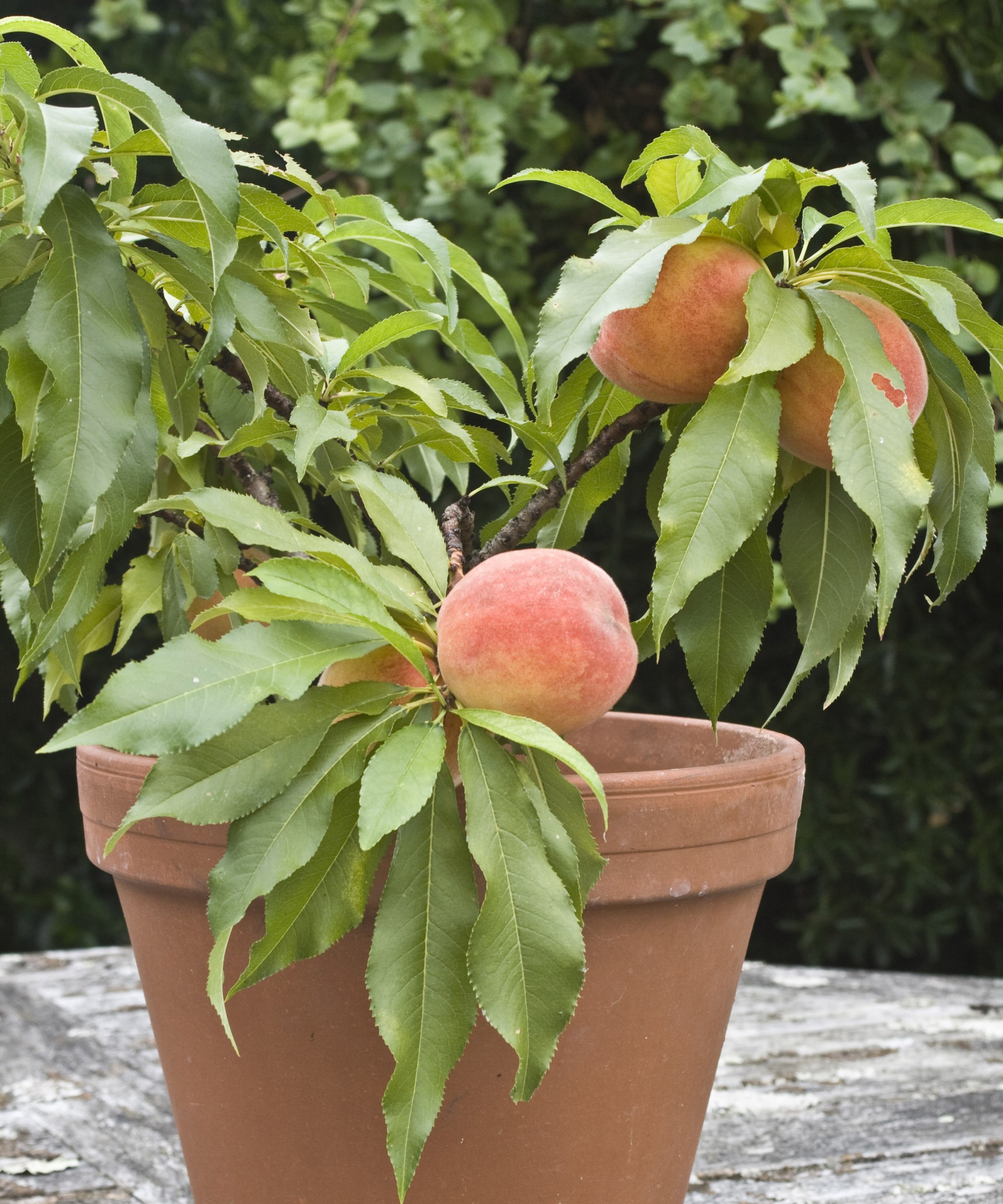
It's no surprise that peach trees need plenty of sun to fruit, as the majority of fruit trees do. So, if your peach tree isn't fruiting, it may just be that it needs more exposure to direct sun.
'In summer, peach trees are simultaneously ripening fruit and producing flower buds for next year's crop, so plenty of light is needed,' says Veronica.
'Peach trees need at least 20% full sun in the summer in order to produce flower buds for next year's crop. The top of the tree can shade the interior or lower branches, preventing flower buds from developing there, and only developing at the very top of the tree,' she adds.
To resolve this issue, prune tree branches blocking light to the lower branches. You should likewise prune neighboring trees casting shade.
Use essential pruning tools to do this, like these loppers from Amazon, to make clean cuts and prevent damage to your tree.
Of course, there are some peach tree varieties that can be grown in pots. In this case, consider moving your container to a sunnier spot in your yard.
3. Your peach tree needs a more steady water supply
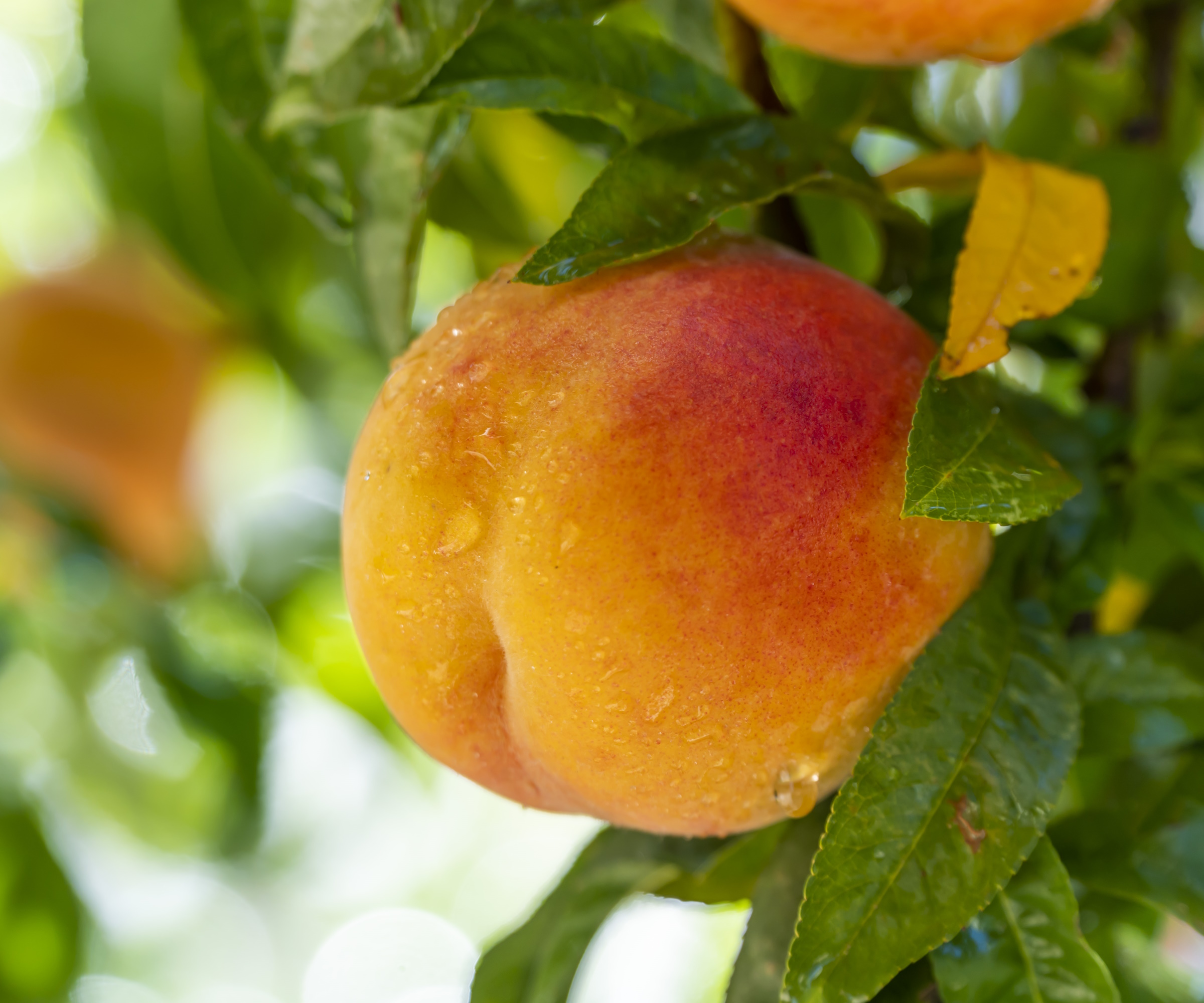
This is also one of the biggest mistakes when it comes to getting a pear tree to fruit, getting a fig tree to fruit, and getting a mulberry tree to fruit. The right moisture levels are particularly important when your peach tree is young.
'Young peach trees need a steady supply of water to maintain health and vigor. After they are four or five years old, they are much hardier as their root system is larger and extends deeper into the ground,' says Veronica.
Having said that, allowing your peach tree to go through a prolonged period of drought can cause fruit to drop,' Veronica notes. The best thing to do is to water your peach tree regularly during the growing season in spring and summer.
You can use a soil moisture meter (from Amazon) to establish whether your peach tree needs some hydration.
FAQs
Will pruning help my peach tree fruit?
Yes, pruning can help your peach tree to fruit, so long as you avoid fruit tree pruning mistakes.
'Peach trees can grow really fast, given the right conditions. If this happens, you might want to prune your peach tree's new growth back in June or July,' says Veronica.
'This allows more light to reach lower branches so they can set fruit buds for next year. It also keeps fruit lower on the tree, which is easier to harvest,' she explains.
After making these adjustments, you're likely to watch your peach tree produce delicious fruit for you to enjoy.
Harvest peaches in summer when the fruit has turned yellow and comes away from the branches with a simple twist.
Shop peach tree essentials
This fertilizer is specially formulated to support healthy peach tree growth and fruit production.



